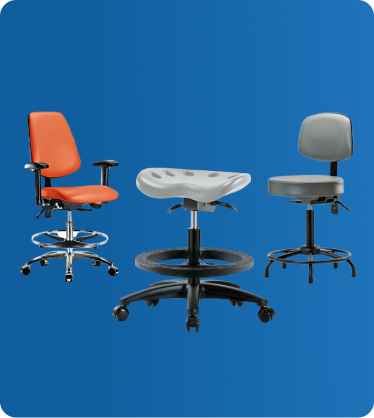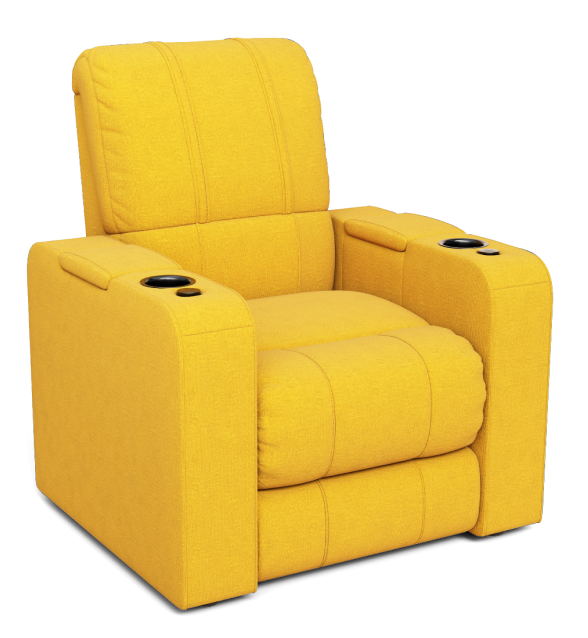Over the past decade, a myriad change in the world of technology has strongly impacted our every sphere of life. The mobile revolution makes it easier and more appealing for the consumer to shop from a diverse range of devices. Retailers are starting to realize the importance of mobile. They are integrating it more into their customers’ journey through Augmented Reality.
AR and smartphones – a heavenly match
The phrase “augmented reality” was coined in the early 1990s. Augmented reality glasses were once considered a mere science fiction device. But as technology advances, smart glasses (wearable technology) are becoming a reality for many people, thanks to the invention of Google Glasses.

Though Google Glass didn’t live up to the hype tech companies are not giving up on AR glasses. As time passes, we will get to know more about the Google Glass AR headset, Facebook’s intentions to produce Smart Glasses, and Amazon’s Alexa smart glasses, all of which have their own take on wearable technology.
With all this information in perspective, we can definitely say that AR’s future is quite exciting. That too when it comes to leveraging the potential of smartphones to enhance the shopping experience.
What is augmented reality?
Augmented reality is an interactive computer-generated experience of a real-world environment. Objects that reside in the real world are “augmented” by computer-generated sensory input such as sound, video, graphics and more. The user’s view of the real world is overlaid by digital information.
Customers will need wearable technology like a special headgear for this type of virtual experience, which are still quite expensive.
AR-VR Comparison
Augmented reality offers the capabilities to enhance an experience for the user. Digital content is overlaid on the user’s physical environment. Today, businesses are developing AR solutions for customers that enable them to experience new products and services in a more engaging way. For example, more and more retail businesses are using AR to provide customers with an interactive and engaging experience.
Visualize furniture in living rooms with AR. This is a huge segment of the population that sees AR as a revolutionary technology in the furniture industry that helps bridge the gap between online and in-store purchasing experiences.
How can AR change the way we shop for furniture?
The physical storefronts have become the second choice for purchasing things after the coronavirus epidemic began, as businesses began relocating their operations online owing to lockdowns. Although physical stores, on the other hand, are not going away anytime soon.
Here are the three main advantages of using AR in furniture:
Try before you buy
Customers can virtually try out furniture to make informed decisions.
Product customization
Users can visualize and modify the size, color, and placement of the furniture before purchasing.
In-store engagement
AR is convenient for in-store navigation and loyalty rewards that customers can save to their wallets and redeem at their convenience.
Mobile app vs. web AR
AR is becoming a much more viable and cost-effective solution for businesses. With the help of online and offline retail giants, more and more businesses are adopting this technology for a multitude of purposes. With augmented reality being used by giants like Amazon, is it time for your business to adopt this technology as well? Only time will tell.
Mobile-first is becoming the norm. That’s why it’s no surprise that almost all of the top 100 retailers have a mobile-optimized website. What’s more, today consumers are more comfortable with shopping on their mobile devices than ever.

Tech-savvy furniture companies are betting on web AR
EQ3 recently introduced a web-native augmented reality feature, allowing customers to view the products in their homes before they had even purchased them. This gives the customers a better idea of whether they will actually be able to fit the furniture they want in their homes.
EQ3’s product page with QR code that leads to web-AR on a mobile device
Web AR is the key part of the furniture shopping experience of the future. Heal’s, a British heritage retailer, has invested in offering a superior customer experience. e-commerce is a significant part of their business and accounts to 50% of their total sales in 2020.

Why web AR is a table stake today
With the development of AR technologies, anyone can experience the concept of AR without installing an app. This will help buyers make quick and better purchase decisions. AR “on the fly” is helping IT titans prepare for the next age.
Propelling your business ahead
Tulfa is an AR and VR development company that converts products into cutting-edge interactive products to offer immersive consumer experiences. We create exceptional AR and VR solutions personalized to your company’s needs and ambitions.
The Tulfa team creates excellent virtual reality solutions that provide the finest user experience possible while outperforming your competition!
Let’s unlock the full potential of web-native AR! Visit Tulfa’s Site for more details.



